Multi-Objective Optimization of a Mine Water Reuse System Based on Improved Particle Swarm Optimization
Abstract
1. Introduction
2. Scheduling Reuse System Model
2.1. Hierarchical Reuse Strategy
2.2. Reuse Strategy Model
2.3. Reuse System Constraints
3. Design and Optimization of Mine Water Dispatching Method Based on Particle Swarm Optimization
4. Inertia Weight Strategy Analysis
4.1. Inertia Weight Decreasing Strategy
4.2. Improvement Strategy of Inertia Weight
- (1)
- The state, population size, spatial dimension, iteration times, and parameters of each water supply node are initialized.
- (2)
- The fitness value pi, individual extreme value pibest and global extreme value Gbest of each particle are calculated. If pi < pibest is satisfied, then pibest = pi; if pi < Gbest, then Gbest = pi.
- (3)
- The inertia weight of the improved algorithm is updated.
- (4)
- The position and velocity of each iteration particle is updated.
- (5)
- Judge whether the particle reaches the termination condition. If it meets the condition, terminate the search. If not, return to the second step and continue.
4.3. Test Results and Analysis
5. Simulation Examples and Experiments
5.1. Example of Results Validation
5.2. Discussion
- (1)
- Mine water reuse environment sensing. Based on the perception of big data multi-data fusion, big data causality, and data mining and other advanced analysis technologies, this sensor continuously receives information related to water quality and water quantity, the status of open and closed valves, and the water demand of the mine area during the mine water treatment process. The sensor detects the underground–surface mine water treatment environment and the system operation status. The specific sensor is shown in Figure 19.
- (2)
- Sensor data fusion analysis. Advanced analysis techniques, such as multiple data fusion [35,36], big data causality, and data mining, are applied to the sensed data to scientifically analyze various heterogeneous datasets based on their attributes and categories, providing information that can be utilized as a basis for intelligent and accurate judgment.
- (3)
- Construction of mine water dispatch and reuse model. This is a mine water reuse model in the control system. Based on the fusion analysis of sensor data, this mathematical model can reflect actual information relating to the quantity and quality of mine water. In addition, the state of underground–surface water use is determined to intelligently allocate water resources in the mining area to achieve efficient and coordinated dispatch of underground water resources.
6. Conclusions
Author Contributions
Funding
Institutional Review Board Statement
Informed Consent Statement
Data Availability Statement
Acknowledgments
Conflicts of Interest
References
- Acharya, B.S.; Kharel, G. Acid mine drainage from coal mining in the United States—An overview. J. Hydrol. 2020, 588, 125061. [Google Scholar] [CrossRef]
- Meng, X. Example analysis based on the application of underground water reuse system in coal mines. J. Hydrol. Coal Sci. Technol. 2017, 45, 34–37. [Google Scholar]
- Shu, L. Various types of wastewater treatment and comprehensive utilization methods. Chem. Eng. Equip. 2020, 10, 274–275. [Google Scholar]
- Tong, L.; Fan, R.G.; Yang, S.C. Development and Status of the Treatment Technology for Acid Mine Drainage. Min. Metall. Explor. 2021, 38, 34–37. [Google Scholar]
- Rivera, M.J.; Luis, A.T.; Grande, J.A. Physico-Chemical Influence of Surface Water Contaminated by Acid Mine Drainage on the Populations of Diatoms in Dams (Iberian Pyrite Belt, SW Spain). Int. J. Environ. Res. Public Health 2019, 16, 4516. [Google Scholar] [CrossRef]
- Chen, X.H.; Jiang, J.B. GRACE satellite monitoring and driving factors analysis of groundwater storage under high-intensity coal mining conditions: A case study of Ordos, northern Shaanxi and Shanxi, China. Hydrogeol. J. 2020, 28, 673–686. [Google Scholar] [CrossRef]
- Vanti, C.V.M.; Leite, L.C.; Batista, E.A. Monitoring and Control of the Processes Involved in the Capture and Filtering of Biogas Using Fpga-Embedded Fuzzy Logic. IEEE Lat. Am. Trans. 2015, 13, 2232–2238. [Google Scholar] [CrossRef]
- Gao, J.D.; Fan, J.H.; Sun, Y.C.; Gao, S.F.; Dong, Q.; Liu, Q. Design of an automated monitoring system for mine water purification and treatment. Electron. Qual. 2018, 9, 72–77. [Google Scholar]
- Wu, Q.; Li, D. Combination of drainage, water supply and environmental protection as well as rational distribution of waterresource in Zhengzhou mining district. Sci. China Ser. D Earies Sci. 2005, 48, 1768–1779. [Google Scholar] [CrossRef]
- Psarrou, E.; Tsoukalas, I.; Makropoulos, C. A Monte-Carlo-Based Method for the Optimal Placement and Operation Scheduling of Sewer Mining Units in Urban Wastewater Networks. Water 2018, 2, 200. [Google Scholar] [CrossRef]
- Wei, Z.; Quan, Z.; Wu, J.; Li, Y.; Zhong, H. Deep deterministic policy gradient-drl enabled multiphysics-constrained fast charging of lithium-ion battery. IEEE Trans. Ind. Electron. 2021. [Google Scholar] [CrossRef]
- Wu, J.; Wei, Z.; Liu, K.; Quan, Z.; Li, Y.W. Battery-involved energy management for hybrid electric bus based on expert-assistance deep deterministic policy gradient algorithm. IEEE Trans. Veh. Technol. 2020, 69, 12786–12796. [Google Scholar] [CrossRef]
- Cheng, M.; Han, Y. Application of a modified CES production function model based on improved PSO algorithm. Appl. Math. Comput. 2020, 387, 125178. [Google Scholar] [CrossRef]
- Jahandideh-Tehrani, M.; Bozorg-Haddad, O.; Loaiciga, H.A. Application of particle swarm optimization to water management: An introduction and overview. Environ. Monit. Assess. 2020, 192, 281. [Google Scholar] [CrossRef]
- Kachitvichyanukul, V. Comparison of Three Evolutionary Algorithms: GA, PSO, and DE. Ind. Eng. Manag. Syst. Int. J. 2012, 11, 215–223. [Google Scholar] [CrossRef]
- van den Bergh, F.; Engelbrecht, A.P. A study of particle swarm optimization particle trajectories. Inf. Sci. 2006, 176, 937–971. [Google Scholar] [CrossRef]
- Chatterjee, A.; Siarry, P. Nonlinear inertia weight variation for dynamic adaptation in particle swarm optimization. Comput. Oper. Res. 2006, 33, 859–871. [Google Scholar] [CrossRef]
- Lu, H.; Liu, Y.X. Adaptive online data-driven closed-loop parameter control strategy for swarm intelligence algorithm. Inf. Sci. 2020, 536, 25–52. [Google Scholar] [CrossRef]
- Liu, H.C.; Gao, L. A hybrid particle swarm optimization with estimation of distribution algorithm for solving permutation flowshop scheduling problem. Expert Syst. Appl. 2011, 38, 4348–4360. [Google Scholar] [CrossRef]
- Qin, Q.D.; Cheng, S. Multiple strategies based orthogonal design particle swarm optimizer for numerical optimization. Comput. Oper. Res. 2015, 60, 91–110. [Google Scholar] [CrossRef]
- Kim, S.S.; McLoone, S. Cognitively Inspired Artificial Bee Colony Clustering for Cognitive Wireless Sensor Networks. Cogn. Comput. 2017, 9, 207–224. [Google Scholar] [CrossRef]
- Liu, H.; Zhang, X.W. A modified particle swarm optimization using adaptive strategy. Expert Syst. Appl. 2020, 152, 113353. [Google Scholar] [CrossRef]
- Suribabu, C.R.; Neelakantan, T.R. Particle Swarm Optimization Compared to Other Heuristic Search Techniques for Pipe Sizing. J. Environ. Inform. 2006, 8, 1–9. [Google Scholar] [CrossRef]
- Sang, J.; Cui, H. Energy Saving Schedule of Mine Drainage System Based on Particle Swarm Optimization. J. Phys. Conf. Ser. 2018, 1168, 1742–6588. [Google Scholar] [CrossRef]
- Ratnaweera, A.; Halgamuge, S.K.; Watson, H.C. Self-organizing hierarchical particle swarm optimizer with time-varying acceleration coefficients. Trans. Evol. Comput. 2004, 8, 240–255. [Google Scholar] [CrossRef]
- Zhan, Z.H.; Zhang, J. Adaptive Particle Swarm Optimization. Trans. Syst. Man Cybern. Part B Cybern. 2001, 39, 1362–1381. [Google Scholar] [CrossRef] [PubMed]
- Khare, A.; Rangnekar, S. A review of particle swarm optimization and its applications in Solar Photovoltaic system. Appl. Soft Comput. 2013, 13, 2997–3006. [Google Scholar] [CrossRef]
- Wang, H.B.; Zhao, X.Q. Cooperative Velocity Updating model based Particle Swarm Optimization. Appl. Intell. 2014, 40, 322–342. [Google Scholar] [CrossRef]
- Rezaei, F.; Safavi, H.R. GuASPSO: A new approach to hold a better exploration-exploitation balance in PSO algorithm. Soft Comput. 2020, 24, 4855–4875. [Google Scholar] [CrossRef]
- Marinakis, Y.; Marinaki, M.; Migdalas, A. An Adaptive Bumble Bees Mating Optimization algorithm. Appl. Soft Comput. 2017, 55, 13–30. [Google Scholar] [CrossRef]
- Chan, C.L.; Chen, C.L. A cautious PSO with conditional random. Expert Syst. 2015, 42, 4120–4125. [Google Scholar] [CrossRef]
- Siva, S.S.; Radhika, V. Convergence of nomadic genetic algorithm on benchmark mathematical functions. Appl. Soft Comput. 2013, 13, 2759–2766. [Google Scholar] [CrossRef]
- Gollapudi, S.V.R.S.; Pattnaik, S.S. Velocity Modulated Bacterial Foraging Optimization Technique (VMBFO). Appl. Soft Comput. 2011, 11, 154–165. [Google Scholar] [CrossRef]
- Zeng, B.; Duan, H.M. Forecasting the output of shale gas in China using an unbiased grey model and weakening buffer operator. Energy 2018, 151, 238–249. [Google Scholar] [CrossRef]
- Fang, S.F.; Xu, L.D.; Zhu, Y.Q. An Integrated System for Regional Environmental Monitoring and Management Based on Internet of Things. IEEE Trans. Ind. Inform. 2014, 10, 1596–1605. [Google Scholar] [CrossRef]
- Xiong, G.Y.; Niu, L.L. Research and application of big data fusion management platform in petroleum industry. In Proceedings of the 2019 14th IEEE Conference on Industrial Electronics and Applications (ICIEA 2019), Xi’an, China, 19–21 June 2019. [Google Scholar]
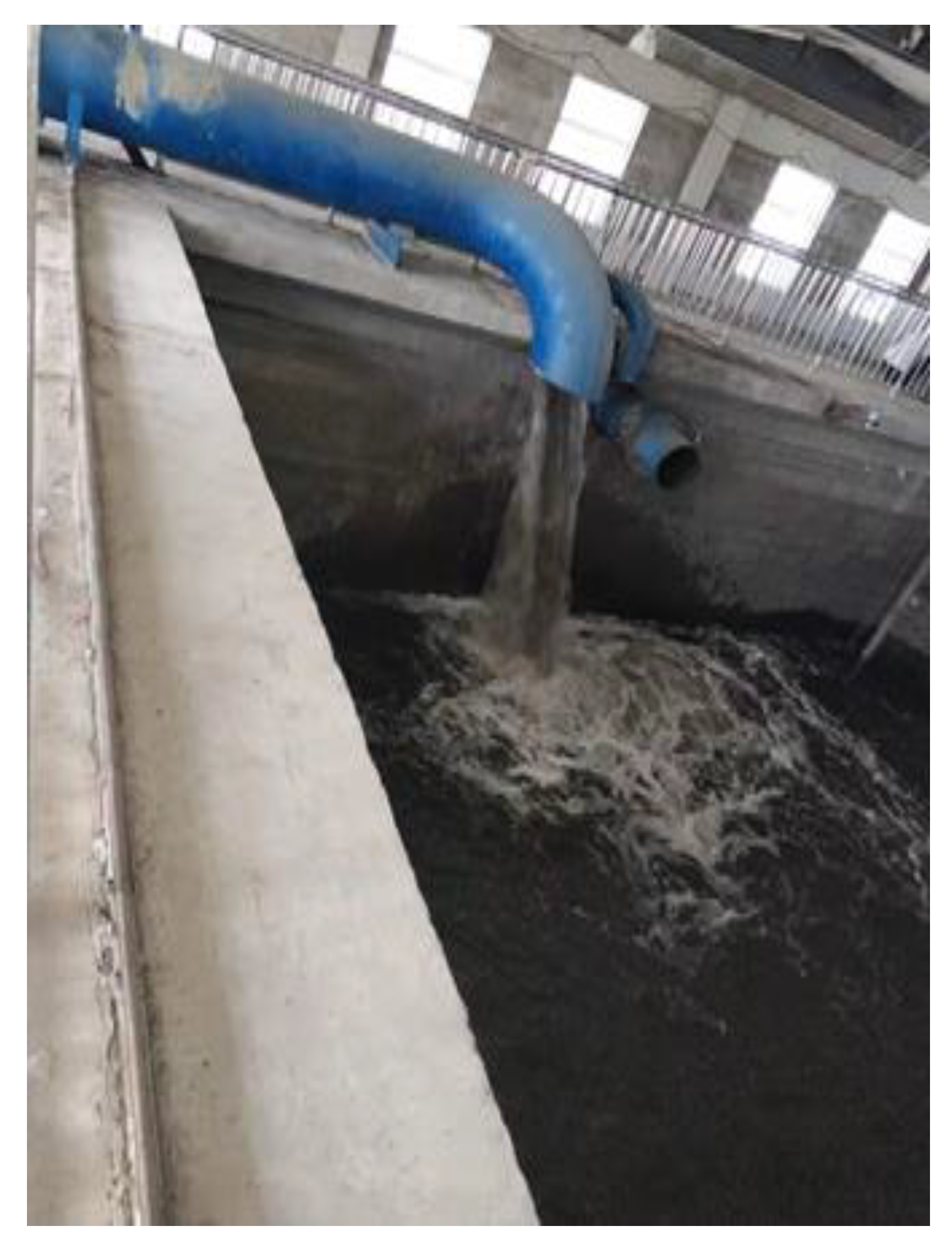
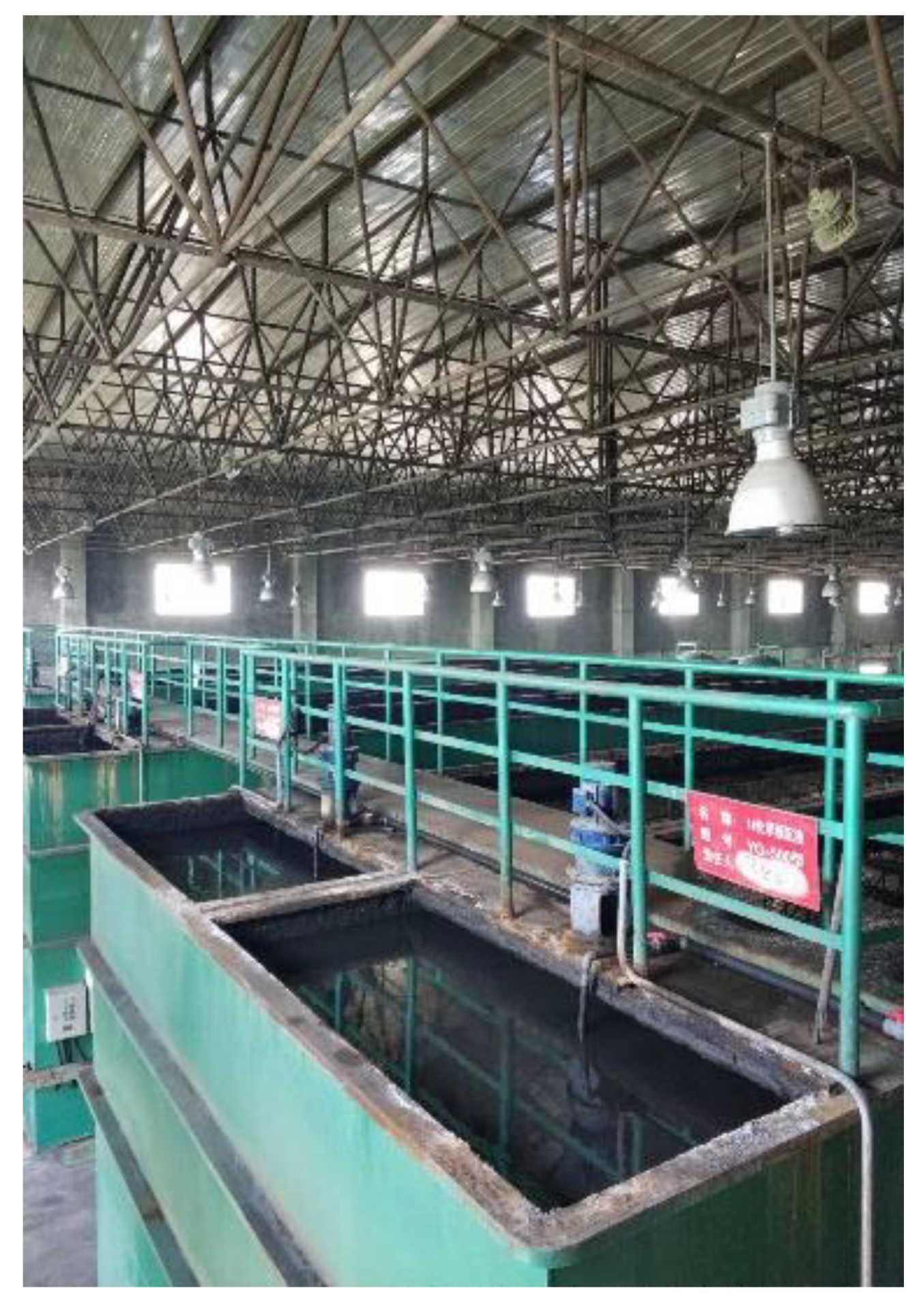
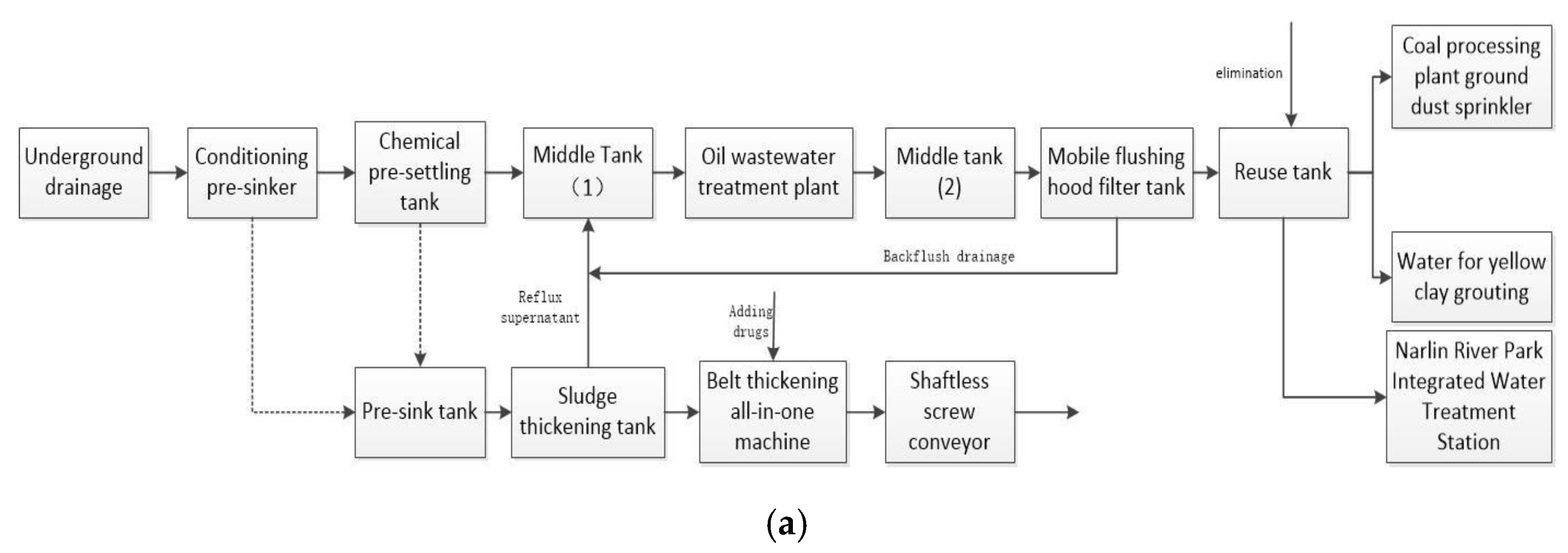


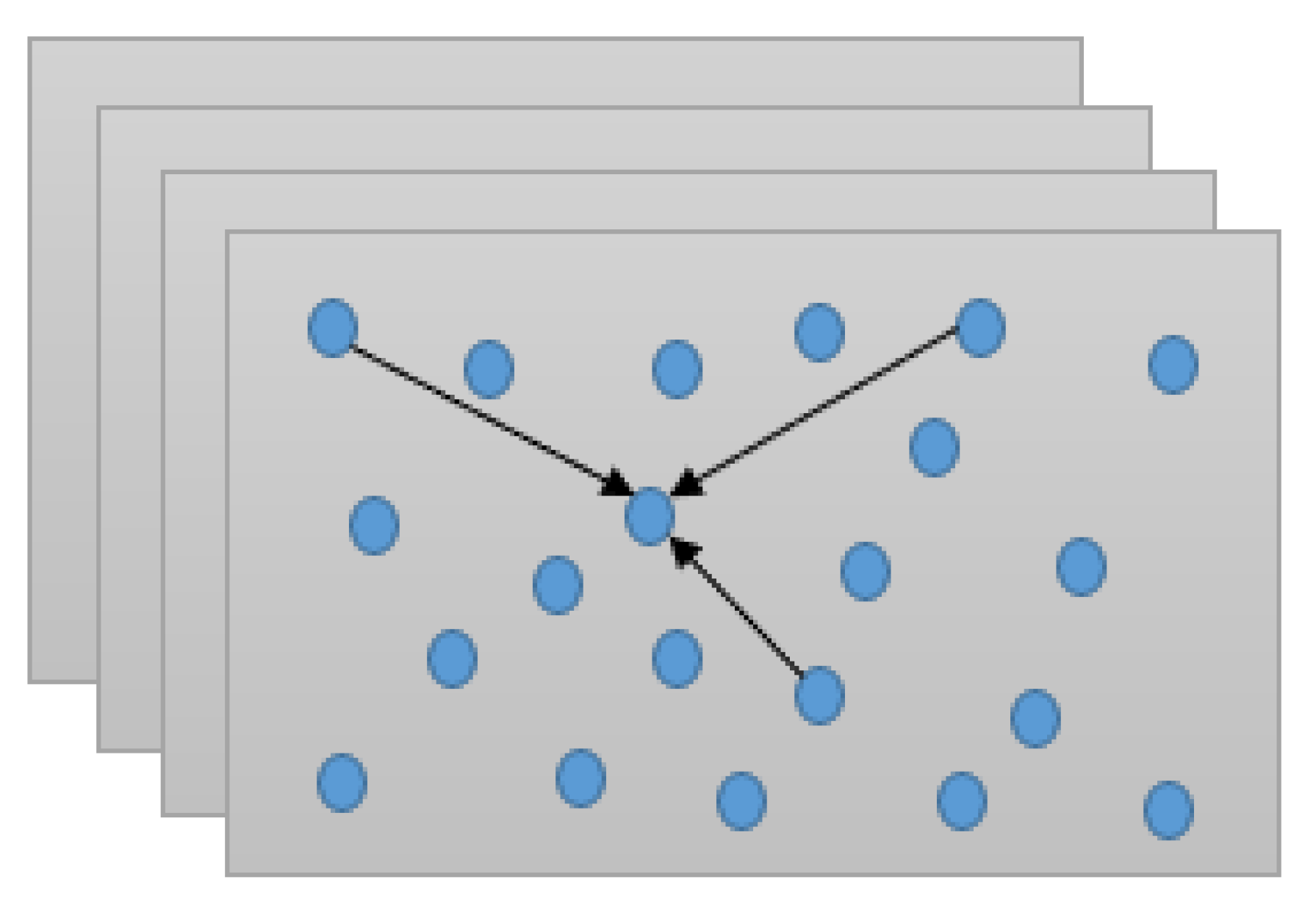
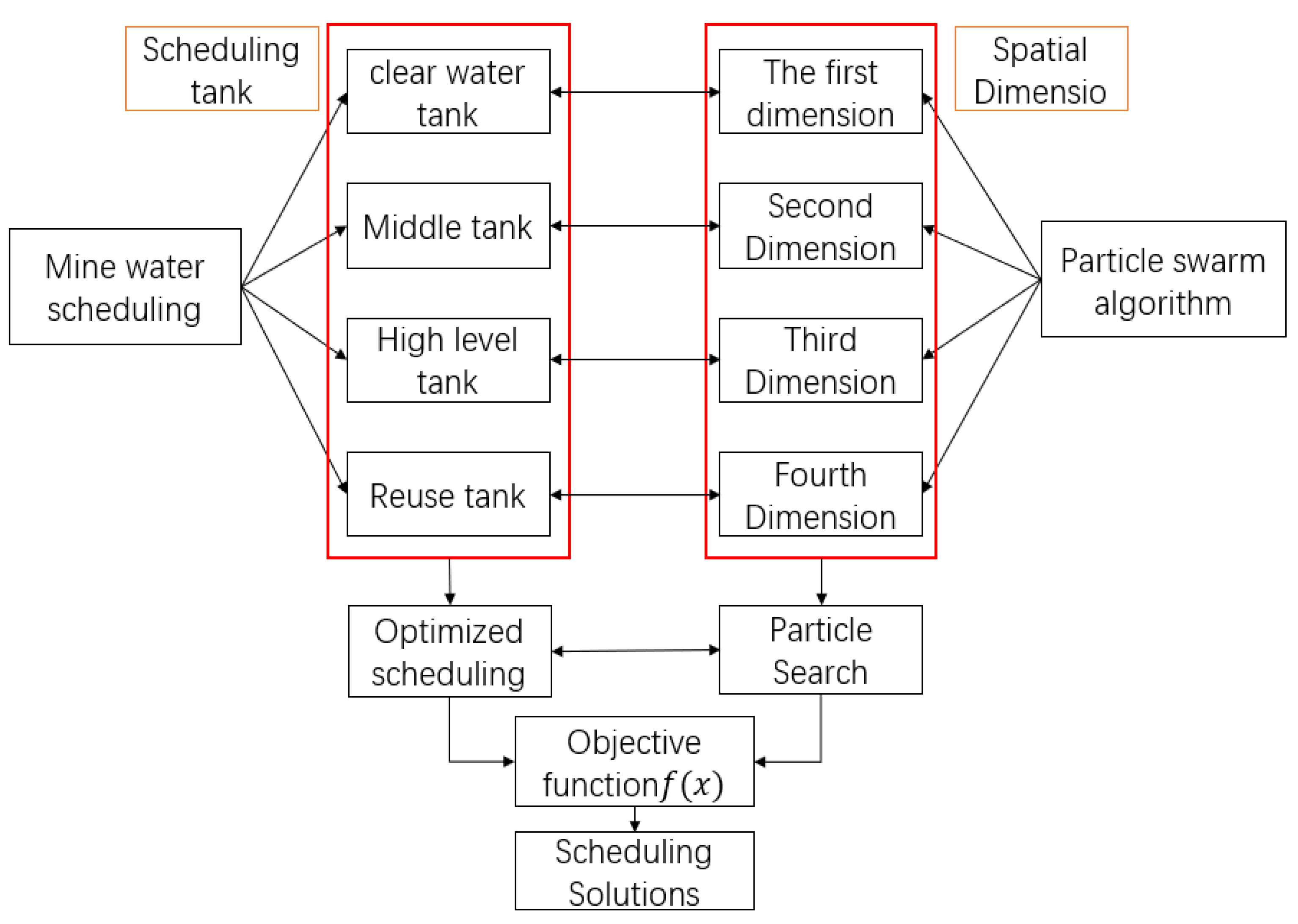

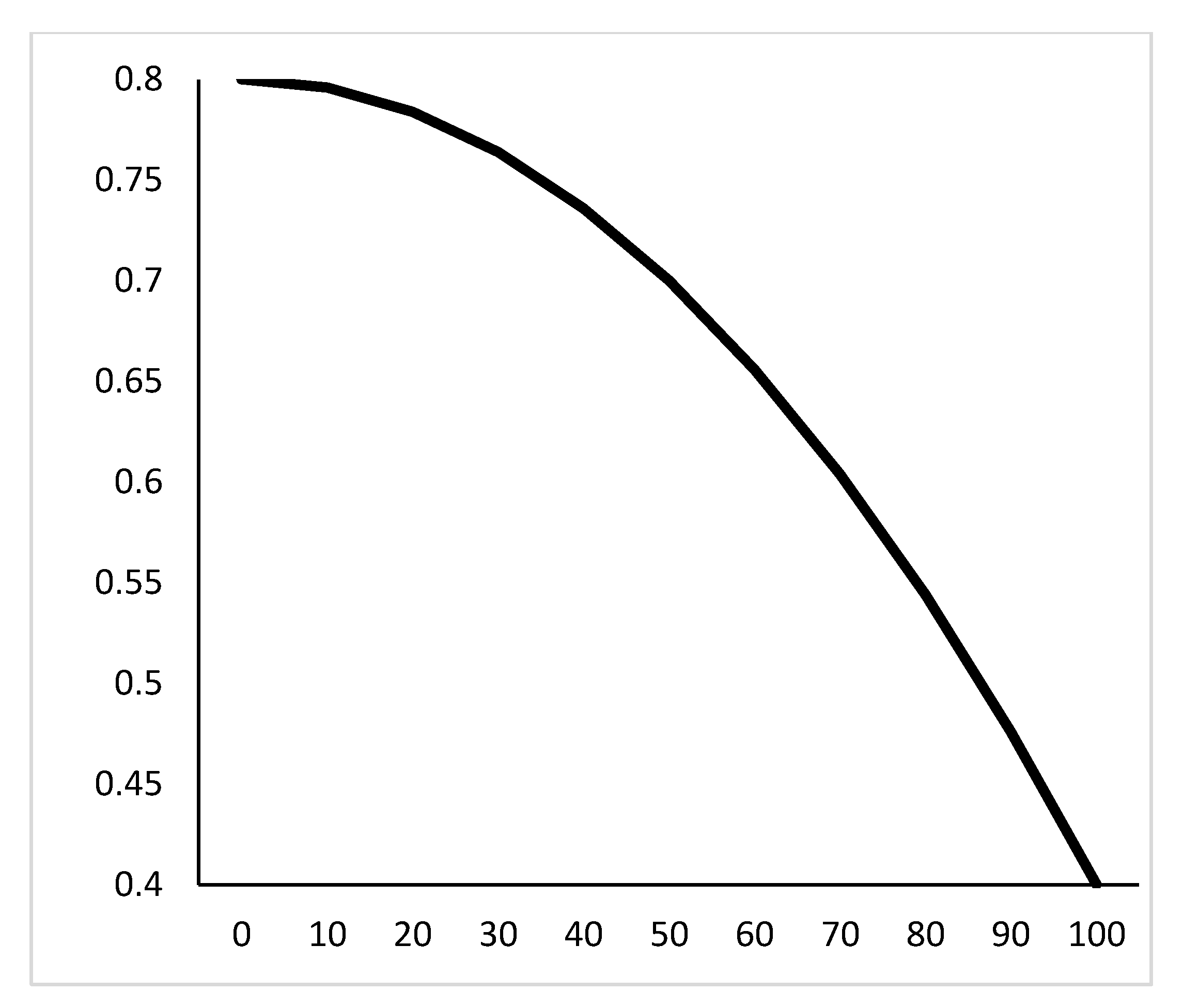

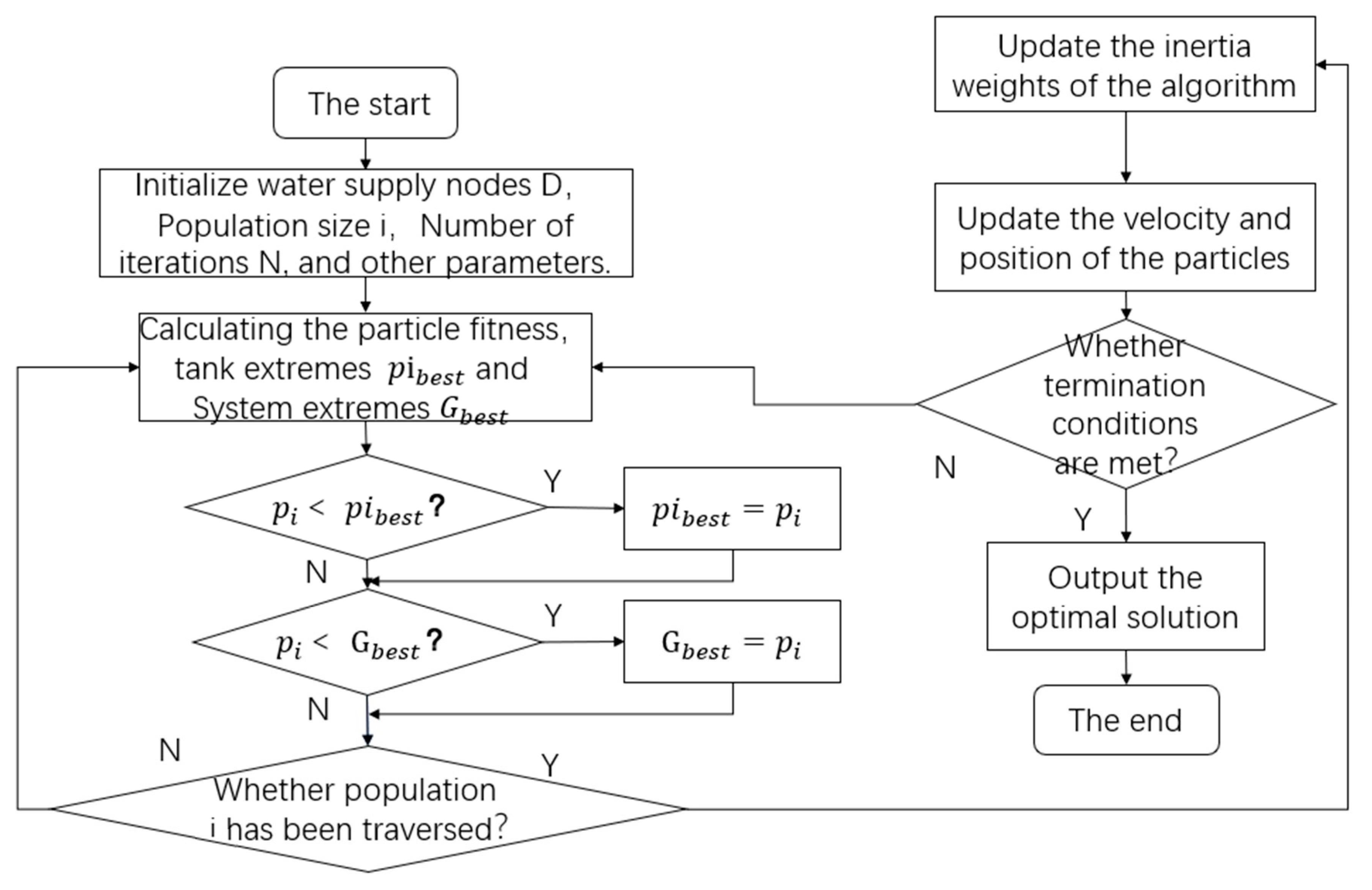
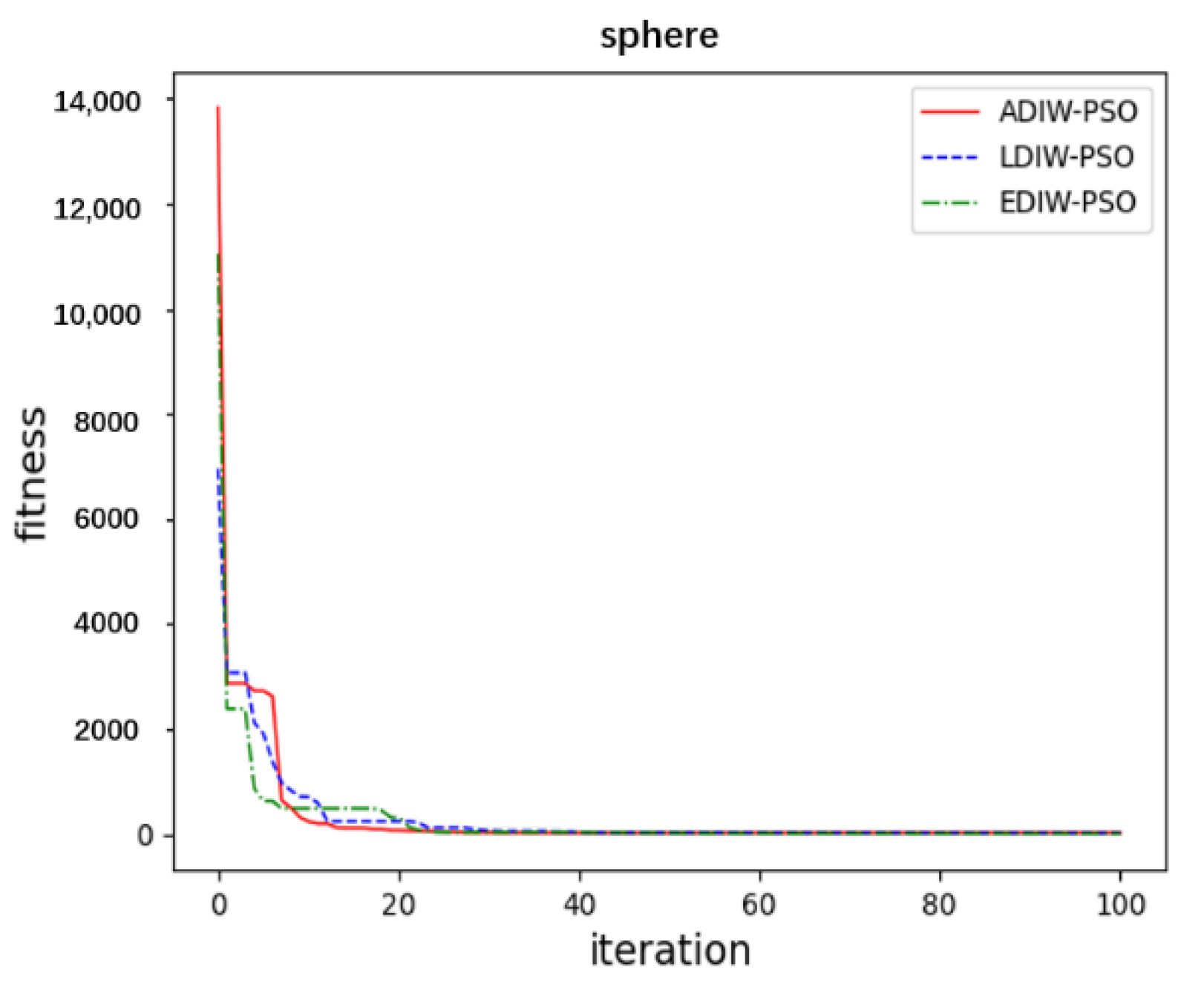
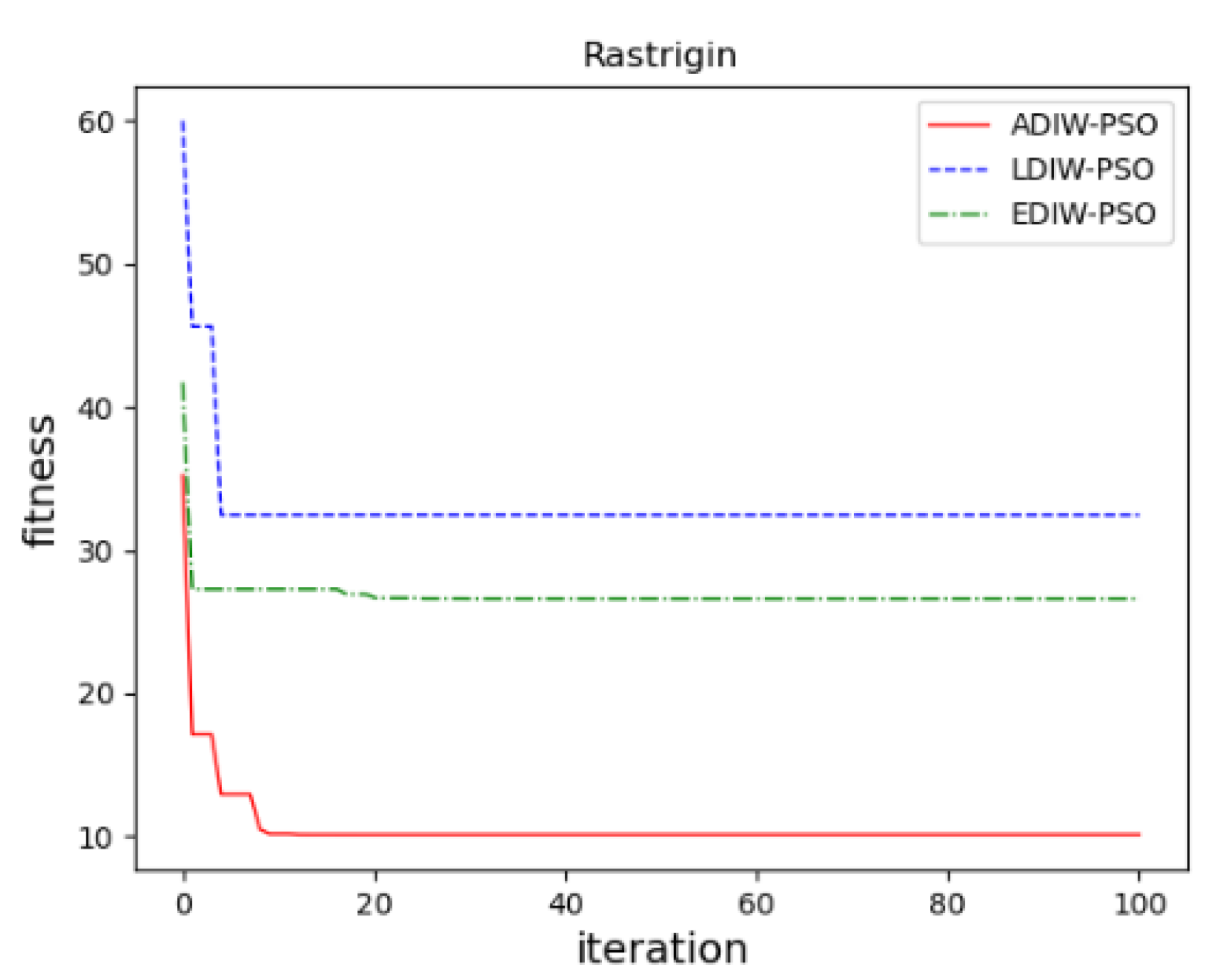
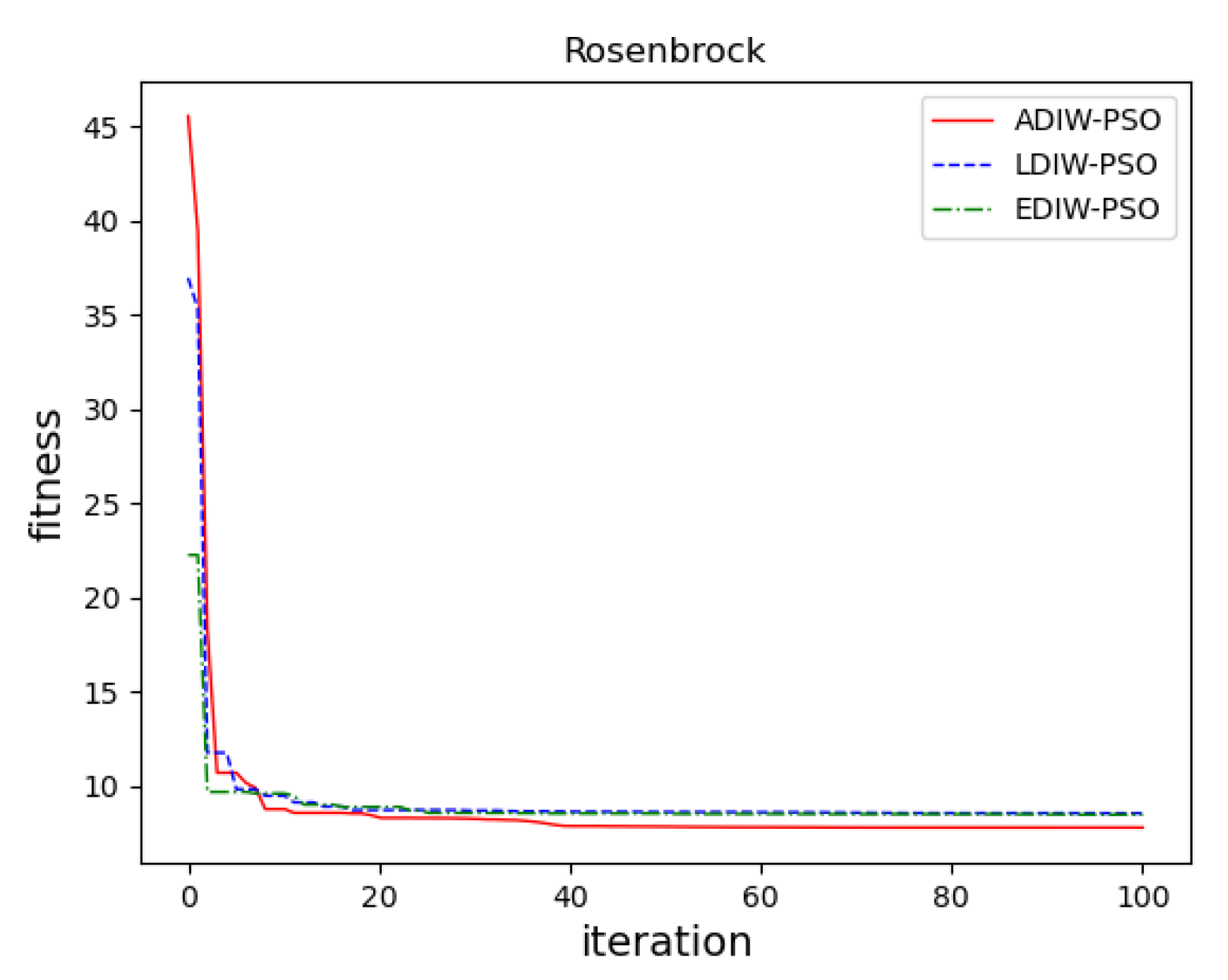
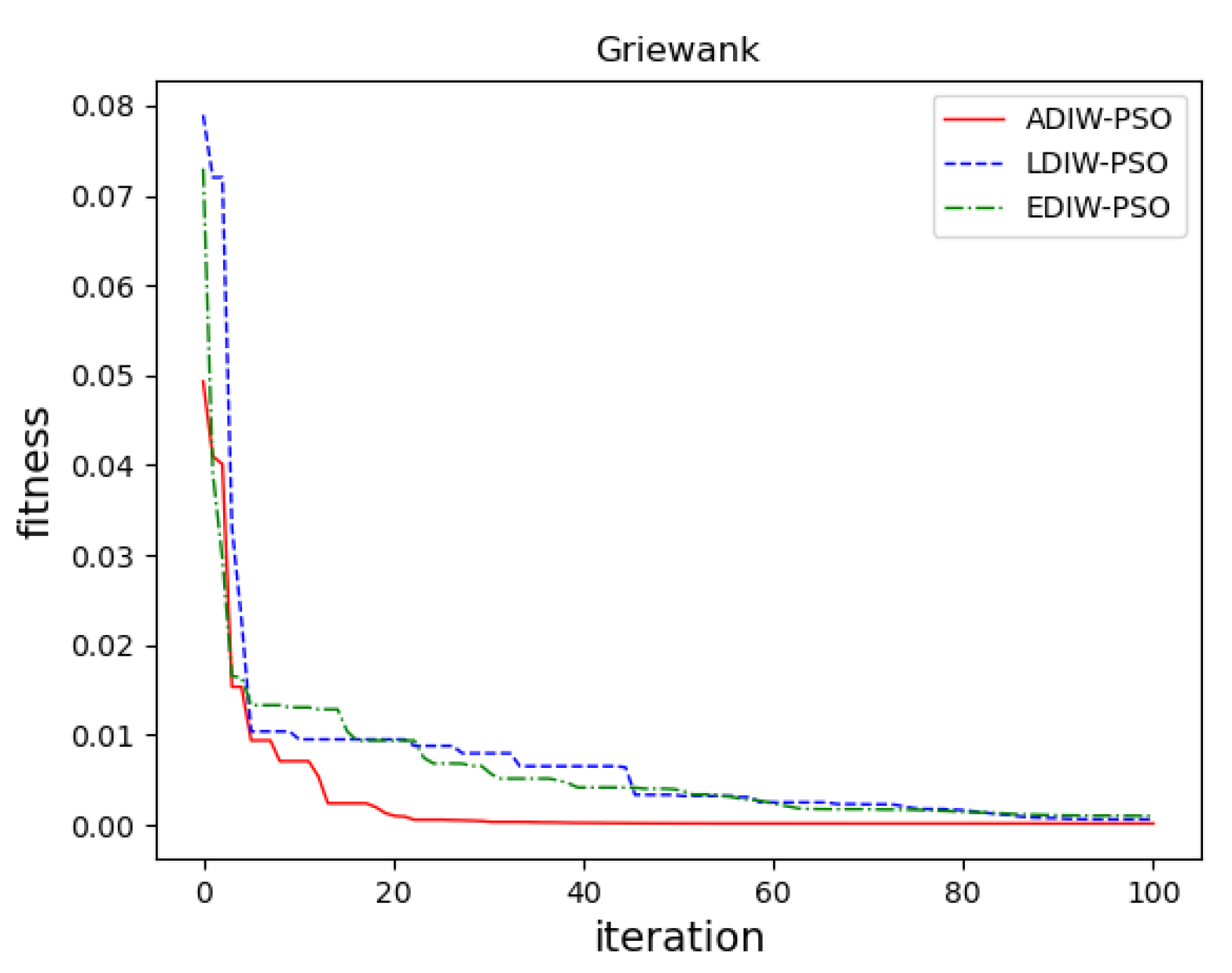
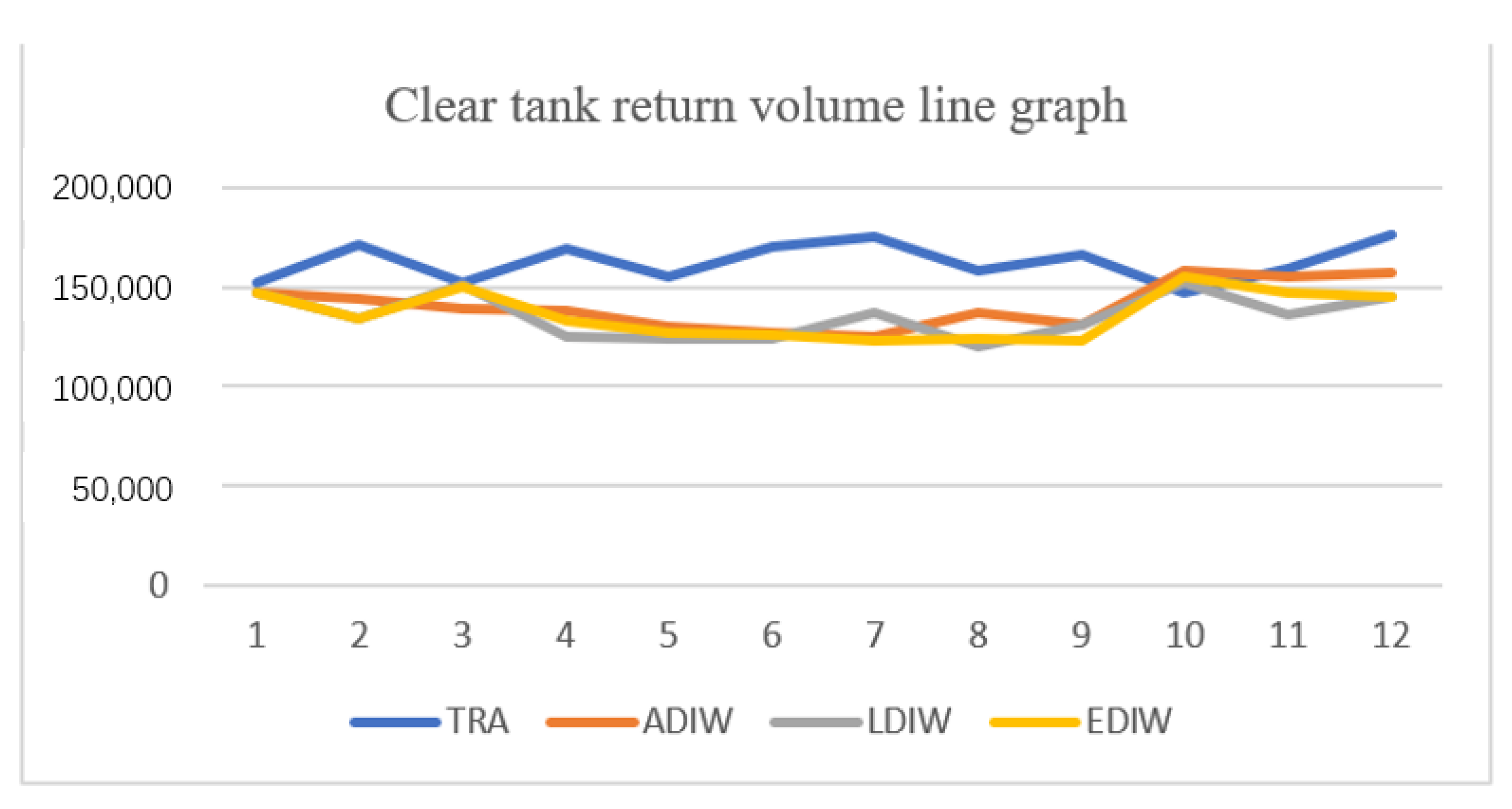
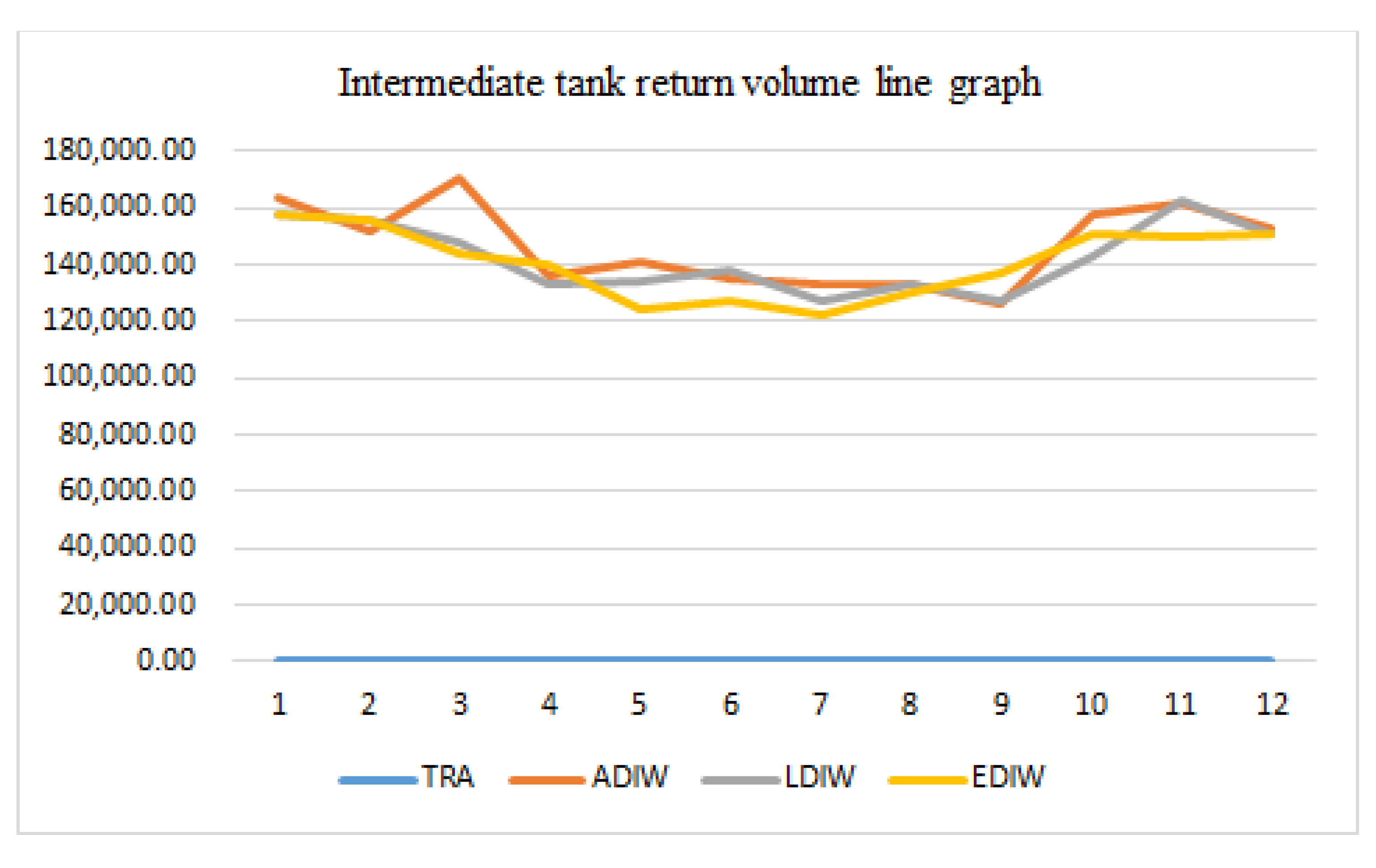
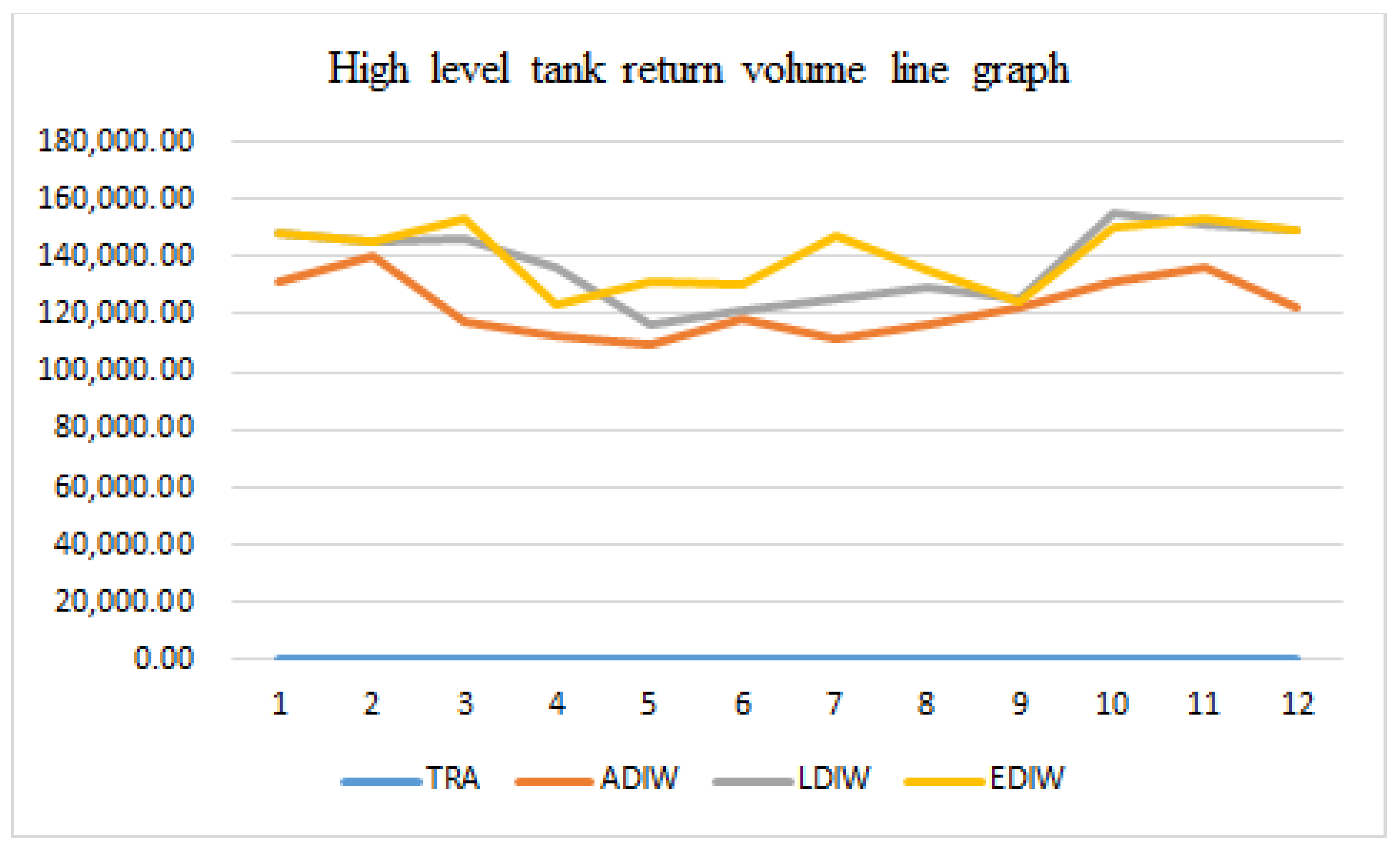
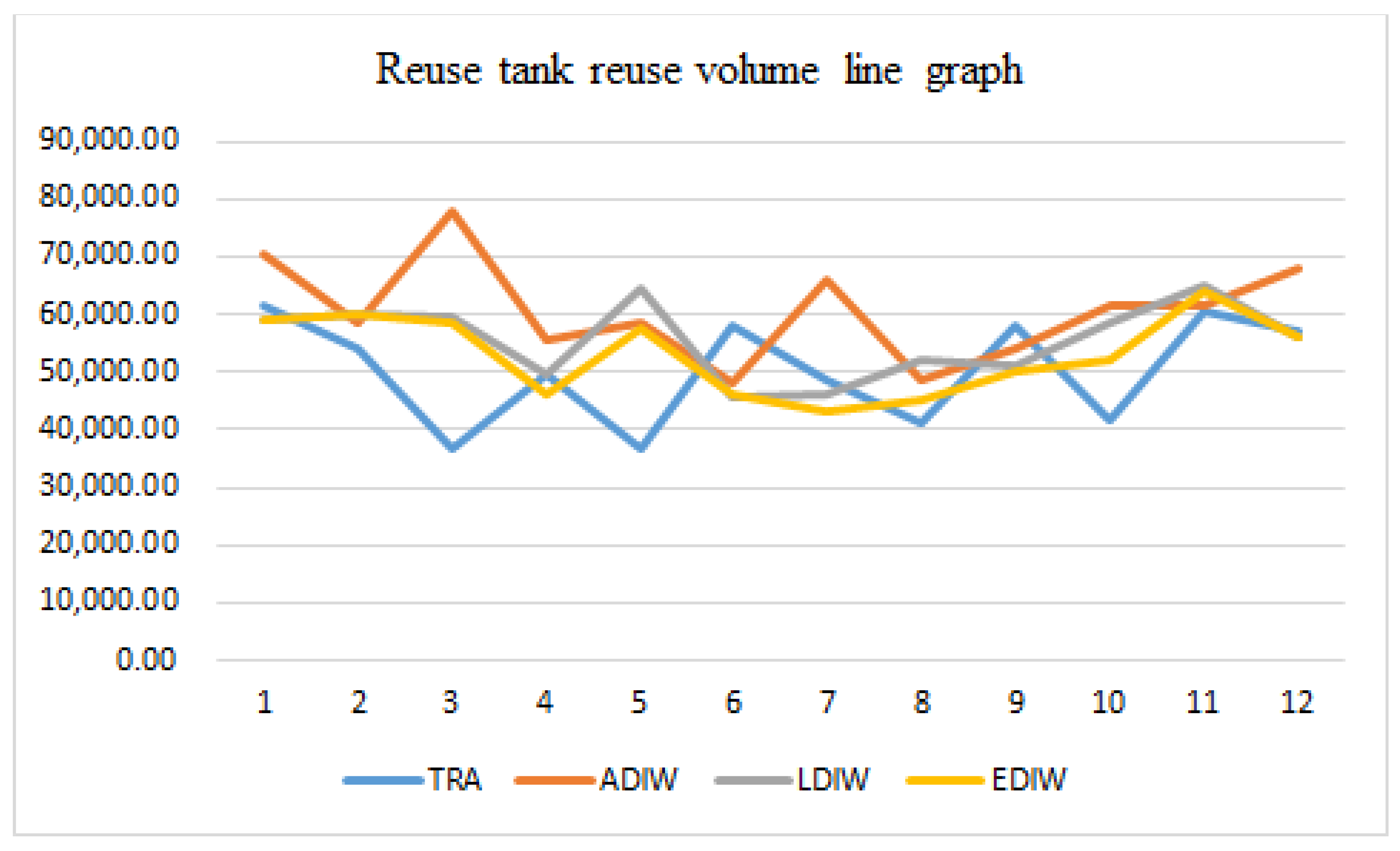
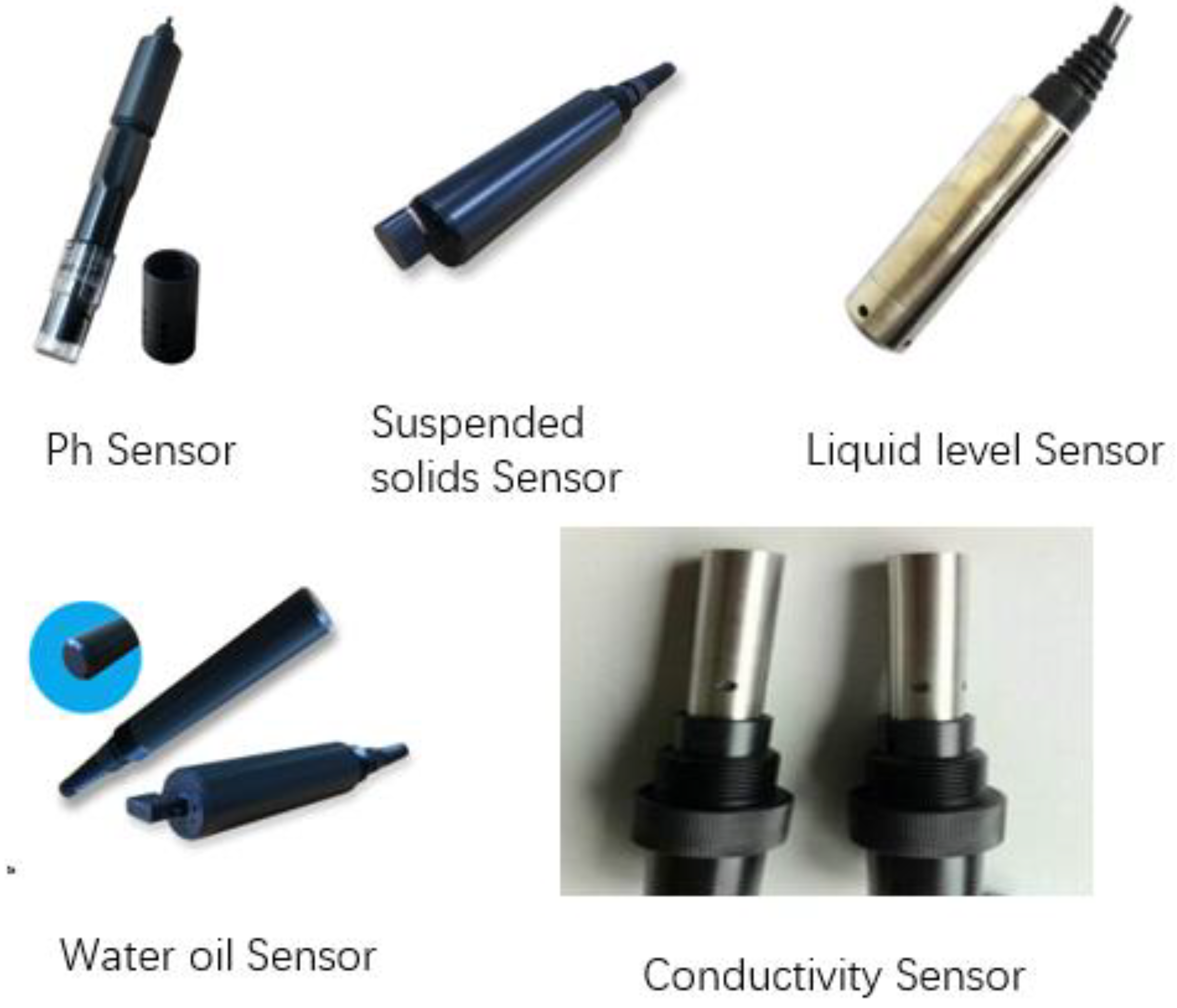
| Variable Hierarchy | Water Point | Monthly Water Consumption/m3 | Concentration/(mg/L) | Preset Variation Range (%) | |||||
|---|---|---|---|---|---|---|---|---|---|
| Heating Season | Non-Heating Season | SS | COD | Hardness | Oils | Turbidity | |||
| Underground—clean water tank | Underground fire water | 2880 | 2880 | ≤30 | - | - | - | ≤5 | ±10 |
| Grouting water | 1840 | 576 | ≤30 | - | - | - | ≤5 | ±10 | |
| Downhole dust removal water | 144 | 288 | ≤30 | - | - | - | - | ±10 | |
| Cooling water | 720 | 720 | ≤30 | ≤60 | ≤450 | ≤1 | ≤5 | ±10 | |
| Hydraulic support water | 105.2 | 105.2 | ≤20 | ≤60 | ≤450 | ≤1 | ≤5 | ±10 | |
| Pretreatment—intermediate tank | Ground dust removal water | 2304 | 2592 | ≤150 | - | - | - | - | ±20 |
| Fire water | 96 | 2880 | ≤30 | ≤50 | ≤450 | 10 | ±10 | ||
| Secondary treatment—high tank | Coal preparation water | 1728 | 1296 | ≤400 | ≤500 | ±20 | |||
| Heat exchange station water | 864 | 864 | - | soft water | ±25 | ||||
| Cooling water | 720 | 720 | ≤30 | ≤80 | ≤450 | ≤1 | ≤5 | ±20 | |
| Greening water | 288 | 288 | - | ≤50 | ≤450 | ≤10 | ±40 | ||
| Other domestic water | 1440 | 1728 | - | ≤50 | ≤450 | ≤5 | ±40 | ||
| Advanced processing—reuse tank | Boiler water | 1728 | 288 | ≤30 | ≤60 | ≤450 | ≤1 | ≤5 | ±40 |
| Drinking water | 57.6 | 57.6 | Nothing visible | ≤20 | ≤450 | ≤0.05 | ≤1 | ±40 | |
| Mine Water Reuse Sites | Processing Speed (h/m3) | |
|---|---|---|
| Heating Season | Non-Heating Season | |
| Downhole—Clear water pool | 4.48 × 10−3 | 4.48 × 10−3 |
| Pretreatment—Intermediate pool | 1.36 × 10−3 | 6.77 × 10−4 |
| Secondary treatment—High-level tank | 1.36 × 10−3 | 6.77 × 10−4 |
| Deep processing—Multiplexed pools | 1.36 × 10−3 | 6.77 × 10−4 |
| Test Function | Function Expression | Dimension | Search Scope | Meaning |
|---|---|---|---|---|
| Sphere | 30 | [–10, 10] | Global search capability | |
| Rastrigin | 30 | [−10, 10] | Practicality | |
| Rosenbrock | 30 | [−10, 10] | Local search capability | |
| Griewank | 30 | [−10, 10] | Beyond local restrictions |
| Function | Pattern | LDIW-PSO | EDIW-PSO | ADIW-PSO |
|---|---|---|---|---|
| Sphere | Optimal value | 6.665 × 10−3 | 9.88 × 10−2 | 4.336 × 10−12 |
| Average value | 3.048 × 10−1 | 8.27 × 10−1 | 5.211 × 10−9 | |
| Rastrigin | Optimal value | 3.095 × 10−1 | 2.668 × 10−1 | 5.819 × 10+0 |
| Average value | 6.720 × 10−1 | 5.466 × 10−1 | 2.608 × 10−1 | |
| Rosenbrock | Optimal value | 1.918 × 10+0 | 3.342 × 10+0 | 1.897 × 10+0 |
| Average value | 7.933 × 10+0 | 7.745 × 10+0 | 6.934 × 10+0 | |
| Griewank | Optimal value | 2.252 × 10−7 | 9.299 × 10−5 | 1.623 × 10−5 |
| Average value | 4.798 × 10−4 | 4.064 × 10−4 | 2.797 × 10−4 |
| Mine Water Reuse Grade | Mine Water Reuse Point | Heating Season | Non-Heating Season |
|---|---|---|---|
| Underground treatment clear water tank | Underground fire fighting | 65,735.22073 | 85,125.85209 |
| Grouting water | 39,833.105 | 17,084.23175 | |
| Underground watering and dust removal | 3916.148483 | 8607.025781 | |
| Cooling water | 16,007.81491 | 20,629.249 | |
| Hydraulic support | 2321.444076 | 3084.392126 | |
| Pretreatment middle tank | Ground dust removal | 85,951.97709 | 77,688.64651 |
| Fire water | 106,881.3539 | 77,298.12662 | |
| Secondary treatment—high level tank | Coal treatment water | 48,634.14471 | 36,839.152 |
| Heat exchange station water | 14,866.30572 | 21,469.65259 | |
| Cooling water | 19,027.62374 | 20,063.64865 | |
| Greening water | 11,815.05183 | 8218.430315 | |
| Other water use | 34,813.89783 | 47,655.63901 | |
| Deep treatment reuse tank | Boiler water | 80,165.00478 | 8252.076366 |
| Life Drinking | 2076.096765 | 1727.431289 |
| Water Reuse Points at All Levels of the Mine (N) | Recycling Volume in Traditional Mode m3/Month | Optimized Scheduling System Reuse m3/Month | ||
|---|---|---|---|---|
| Heating Season | Non-Heating Season | Heating Season | Non-Heating Season | |
| Clear water tank (1) | 160,770 | 160,770 | 12,7813.73 | 134,530.75 |
| Middle tank (2) | 0 | 0 | 192,833.33 | 154,986.77 |
| High level tank (3) | 0 | 0 | 129,157.02 | 134,246.52 |
| Reuse tank (4) | 51,840 | 58,875 | 82,241.10 | 9979.51 |
| Mode | Mine Water Reuse Rate (Month) | Mine Water Reuse Time (Month) | Reuse Speed (m3/h) |
|---|---|---|---|
| Traditional Scheduling | 30.75% | 720 h | 295.29 |
| ADIW-PSO | 76.95% | 572.41 h | 929.48 |
| LDIW-PSO | 76.95% | 620.18 h | 857.89 |
| EWIW-PSO | 76.95% | 615.21 h | 864.82 |
| Mode | Mine Water Reuse Rate (Month) | Mine Water Reuse Time (Month) | Reuse Speed (m3/h) |
|---|---|---|---|
| Traditional Scheduling | 17.95% | 720 h | 305.06 |
| ADIW-PSO | 35.45% | 602.49 h | 719.92 |
| LDIW-PSO | 35.45% | 666.49 h | 650.79 |
| EDIW-PSO | 35.45% | 658.82 h | 658.38 |
Publisher’s Note: MDPI stays neutral with regard to jurisdictional claims in published maps and institutional affiliations. |
© 2021 by the authors. Licensee MDPI, Basel, Switzerland. This article is an open access article distributed under the terms and conditions of the Creative Commons Attribution (CC BY) license (https://creativecommons.org/licenses/by/4.0/).
Share and Cite
Liu, Y.; Zhang, Z.; Bo, L.; Zhu, D. Multi-Objective Optimization of a Mine Water Reuse System Based on Improved Particle Swarm Optimization. Sensors 2021, 21, 4114. https://doi.org/10.3390/s21124114
Liu Y, Zhang Z, Bo L, Zhu D. Multi-Objective Optimization of a Mine Water Reuse System Based on Improved Particle Swarm Optimization. Sensors. 2021; 21(12):4114. https://doi.org/10.3390/s21124114
Chicago/Turabian StyleLiu, Yang, Zihang Zhang, Lei Bo, and Dongxu Zhu. 2021. "Multi-Objective Optimization of a Mine Water Reuse System Based on Improved Particle Swarm Optimization" Sensors 21, no. 12: 4114. https://doi.org/10.3390/s21124114
APA StyleLiu, Y., Zhang, Z., Bo, L., & Zhu, D. (2021). Multi-Objective Optimization of a Mine Water Reuse System Based on Improved Particle Swarm Optimization. Sensors, 21(12), 4114. https://doi.org/10.3390/s21124114






